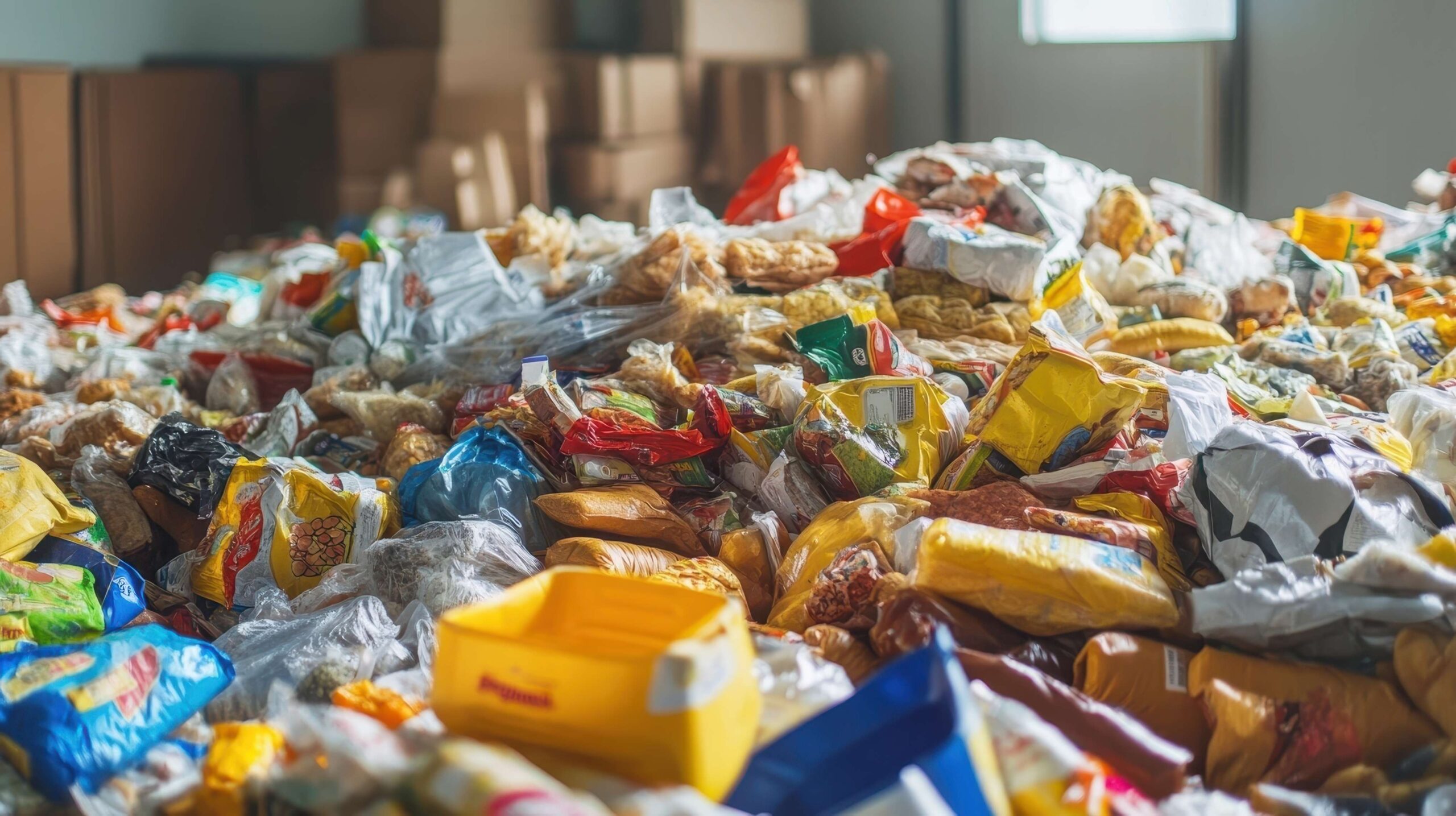One of the most frustrating truths I’ve come to understand during my years in nonprofit leadership is this: we don’t have a food shortage problem—we have a distribution problem. Every year, billions of pounds of perfectly good food are thrown away in the United States. Meanwhile, millions of people go to bed hungry. That disconnect between excess and need isn’t just wasteful—it’s unjust.
As someone deeply committed to fighting hunger and improving the human condition, I’ve seen this imbalance up close. I’ve walked through grocery stores where unsold produce is tossed by the crate and met families just down the street who don’t know where their next meal is coming from.
We don’t need more food—we need smarter, more compassionate systems to get the food we already have to the people who need it most. That’s where the movement from food waste to food justice comes in.
Understanding Food Waste
Food waste happens at every stage of the supply chain—from farms to factories, grocery stores to homes. Sometimes produce is discarded because it’s “ugly” or oddly shaped. Other times, stores throw away food close to its expiration date. Restaurants over-prepare, households overbuy, and before long, nutritious food ends up in the landfill.
According to the USDA, around 30-40% of the food supply is wasted each year in the U.S. That’s enough to feed every hungry person in this country—many times over.
This waste doesn’t just represent lost food—it represents lost resources. Water, labor, transportation, and land are all used to produce food that may never be eaten. Meanwhile, those who need it most are left out of the equation.
What Is Food Justice?
Food justice is about more than just feeding people. It’s about ensuring fair access to healthy, culturally appropriate food for all communities—especially those historically marginalized or under-resourced. It’s about creating systems that are equitable, sustainable, and rooted in dignity.
At its core, food justice asks: Who has access to good food, and who doesn’t? Why do some neighborhoods have multiple grocery stores while others are food deserts? Why do some families have a surplus while others rely on food banks?
Closing the gap between excess and need means more than just rescuing surplus food. It means rethinking how we value food, people, and the connections between them.
Turning Waste into Opportunity
The good news is that solutions exist—and they’re working. Across the country, food rescue programs are stepping in to collect surplus food and redirect it to those in need. I’ve partnered with several of these efforts, and I’ve seen firsthand how powerful they can be.
Organizations like Feeding America, Food Rescue US, and City Harvest work with grocery stores, restaurants, and farms to collect food that would otherwise be thrown away. Volunteers transport it to food banks, shelters, and community centers—often within hours.
I’ve seen truckloads of fresh produce arrive at a local pantry thanks to a nearby farm’s surplus. I’ve seen prepared meals from a catering event re-packaged and delivered to families that same night. These efforts take coordination, but the impact is enormous.
And it’s not just about feeding people—it’s about doing it with dignity. Providing fresh, nutritious food—not just processed or canned goods—says, “You matter. You deserve the best we have to offer.”
Policy Matters
Addressing food waste and food justice also means tackling policy. Thankfully, there have been strides in recent years to make it easier for businesses to donate excess food.
The Good Samaritan Food Donation Act, for example, protects donors from liability when giving food in good faith. Tax incentives also encourage donations, especially from large food producers and retailers.
But we can—and must—do more. Local and state governments can support food rescue infrastructure, invest in cold storage and transportation, and streamline the donation process. We need policies that support both food waste reduction and equitable food access.
Food justice should be part of our national conversation on healthcare, poverty, and sustainability. Because when we reduce waste and increase access, we all benefit.
How You Can Help Close the Gap
You don’t have to run a food bank or a restaurant to be part of this solution. Here are a few ways we can all help move from waste to justice:
- Support Food Rescue Organizations – Donate, volunteer, or advocate for groups that connect surplus food with people in need.
- Reduce Waste at Home – Shop smart, use leftovers, and compost when possible. Every small action adds up.
- Encourage Local Businesses – Talk to restaurants, grocers, and farmers about donating surplus food. Often, they just need help navigating the process.
- Advocate for Policy Change – Support legislation that reduces food waste and improves access to healthy food.
- Honor Dignity in Giving – When donating food or serving meals, focus on quality, respect, and relationship.
Final Thoughts
The problem of hunger in the midst of plenty is not just a logistical failure—it’s a moral one. But it’s also a problem we can solve. The food is there. The need is there. And more and more, the will to act is growing.
As someone who has dedicated my life to community engagement and philanthropy, I believe we are called to be stewards—not just of our resources, but of our neighbors’ well-being. Food waste is a challenge—but it’s also an opportunity to live out compassion in practical, transformative ways.
Let’s close the gap. Let’s move from waste to justice. And let’s build a world where excess becomes abundance—for everyone.
